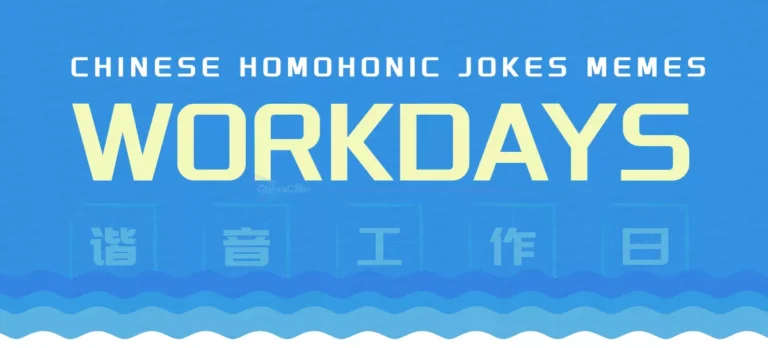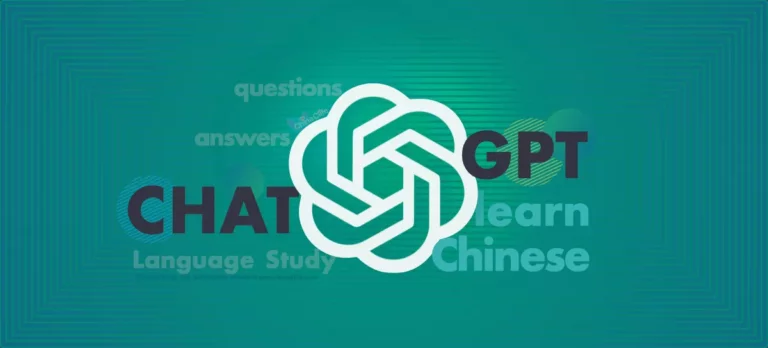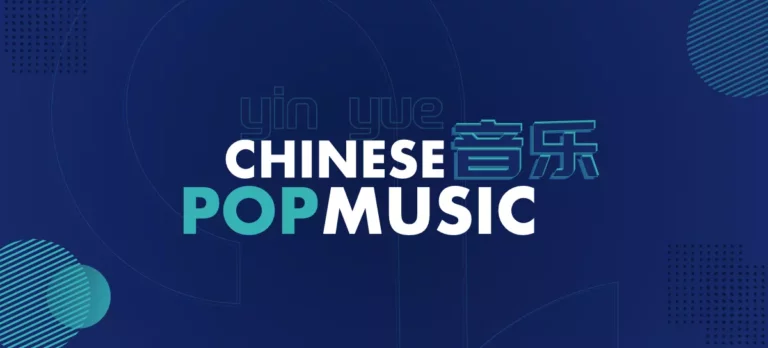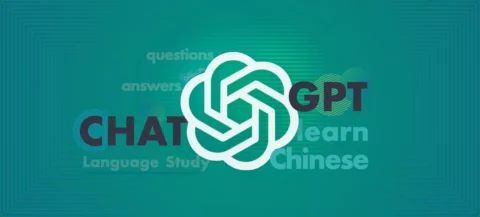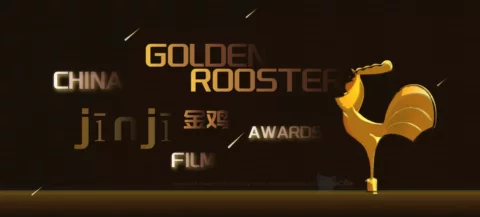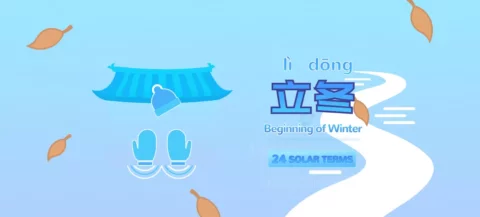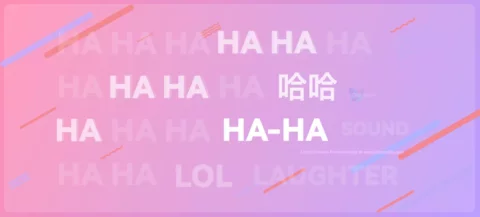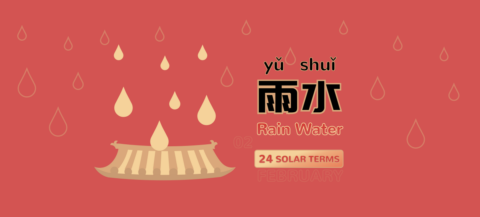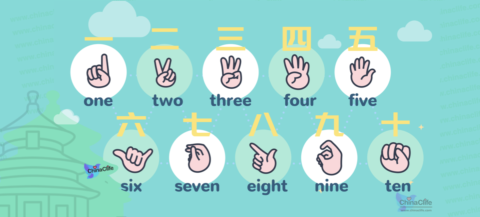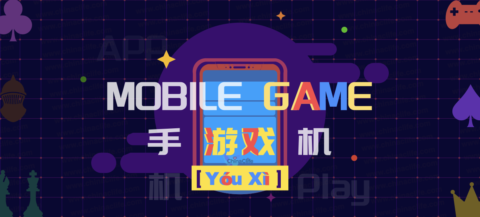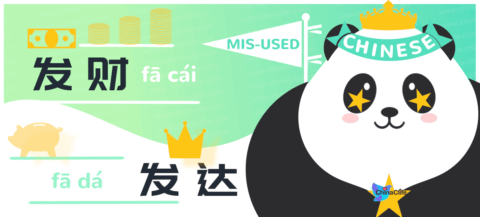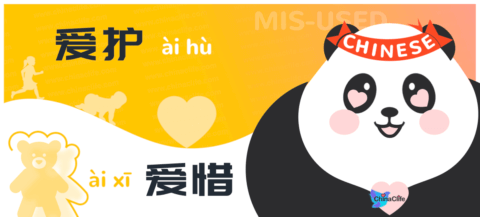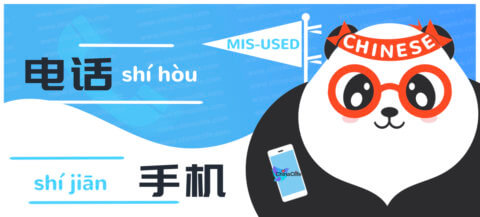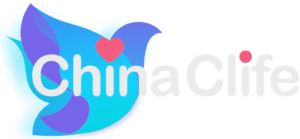Tips for Memorizing Full Names of Hand Parts / Knuckles / Fingers in Chinese Language with Their Meanings
轻松记住手部/指关节/各手指的中文名
Do you know the Chinese names of Fingers, Hands, Hand parts, or Knuckles? And what about the efficient way to memorize their Chinese names with meanings? This story is trying to find out small associations among each Chinese name of hand parts and fingers in the Standard Chinese language and hopes to help you master the body parts with basic and common Chinese words.
Target Story Words
English Words:
Chinese Pinyin:
Standard Chinese:
Similar Chinese Words:
中文名称 zhōng wén míng chēng Names in Chinese
指头 zhǐ tóu Another popular name of fingers in spoken Chinese.
手指头 shǒu zhǐ tóu Another popular name of fingers in spoken Chinese.
Related Chinese Words:
手部 shǒu bù Hand Parts in Chinese.
手掌 shǒu zhǎng Palm of the hand in Chinese.
Table of Story
- Story Word in EN/CN/Pinyin
- Listen to Chinese Pronunciation
- How to Call Fingers in Chinese?
- Useful Tips for Memorizing Fingers Easily (For Logged-ins)
- How to Call Hands, Knuckles in Chinese and More?
- Call "Hands" in Chinese
- Call "Hand Parts" in Chinese
- Call "Knuckles" in Chinese
- The Next May Interest You
- Share & Comment
How to Call Fingers in Chinese Language?
怎样用中文说出各手指?
To know how to call fingers in the Chinese language is one of the must-have skills in Chinese study and daily life. For example, it's necessary to learn how to call fingers in the Chinese language first before you learn Chinese number gestures and hand signs with a text story.
用中文来称呼各手指,是中文学习和日常生活中必备的技能之一,比如,在学习中国人的数字手势时应先学会手指的中文叫法。
For better and quickly memorizing the following names of fingers in the Standard Chinese language (Putonghua), we will start to introduce them based on the high correlation among the fingers instead of the common order such as from left to right or vice versa.
为了更好地学会和记住这些中文名称,我们借助各手指之间的关联性来逐一介绍,而并非按从左到右或从右到左的顺序。
"Thumb Finger" in Chinese | 大拇指
大拇指 - (dà mǔ zhǐ) - That's the name we call "Thumb Finger" in Standard Chinese (Putonghua, aka. Standard Mandarin)
The Chinese name 大拇指, used to the Thumb Finger, and also shortly known as 拇指 (mǔ zhǐ) in Chinese, is the first and thickest finger on your hand.
大拇指:又称“拇指”,即手上最粗的第一根手指。
People are more often calling it 大拇指 in spoken Chinese, which is relative to the calling of the little finger 小拇指.
人们口头上更常称呼其为“大拇指”,是相对于末尾的“小拇指”而言的。
"Little Finger" in Chinese | 小拇指
小拇指 - (xiǎo mǔ zhǐ) - That's the name we call "Little Finger" in Standard Chinese (Putonghua, aka. Standard Mandarin)
The Chinese name 小拇指, to imply the Little Finger in Chinese, refers to the smallest finger on the hand, also much known as 尾指 (wěi zhǐ) or 小指 (xiǎo zhǐ) in written Chinese.
小拇指:是口头上常用来称呼最细小的一根手指头,书面语中又称“尾指”和“小指”。
In its Chinese name of 尾指, the first character 尾 (wěi) means at the end position. Another Chinese character 小 (xiǎo) in the name of 小指 is used to describe the small shape and volume, opposite to the common Chinese character 大 (dà).
“尾”指在末端、末尾的意思。在中文里,“小”字与“大”相对,用来形容形状和体积的小与大。
That's the reason people often call the little finger in spoken Chinese as 小拇指, opposite to the thumb's Chinese name of 大拇指.
因此,人们多用小拇指来描述手上最末尾的小指头,与大拇指的称呼对应和区分开来。
"Middle Finger" in Chinese | 中指
中指 - (zhōng zhǐ) - That's the name we call the "Middle Finger" in Standard Chinese (Putonghua, aka. Standard Mandarin)
The Chinese word 中指, used to indicate the Middle Finger, is the finger standing in the middle position, also the longest one on the hand. The Chinese character 中 (zhōng) is exactly meaning the middle.
中指:即位于中间的一根手指,通常也是手上最长的手指。“中”是中间的意思。
"Index Finger" or "Forefinger" in Chinese | 食指
食指 - (shí zhǐ) - That's the name we call the "Index Finger" or "Forefinger" in Standard Chinese (Putonghua).
The Chinese word 食指 used to call the Index Finger, is the second finger next to the thumb on the hand.
食指:指手上紧挨着拇指旁的第二根指头。
The first character 食 (shí) in the Chinese language means food when used as a noun, and the behavior of eating when as a verb. It is told that because most people used to test and taste food by using the second finger, it was named 食指.
“食”在中文里作名词时是食物的意思,作动词则表示吃的行为。相传由于人们大多习惯于用第二根手指来试探和品尝食物的味道,故而得名为“食指”。
What's more, there's a related four-word Chinese idiom called 食指大动 (shí zhǐ dà dòng), to describe the delicious food which triggers the index finger to move and followed by a taste.
在中国,还有一个相关四字成语“食指大动”,就是用来形容美味口可的食物,令人食指大动,忍不住动用食指沾取品尝一下。
"Ring Finger" in Chinese | 无名指
无名指 - (wú míng zhǐ) - That's the name we call the "Ring Finger" in Standard Chinese (Putonghua).
The Chinese word 无名指, to indicate the Ring Finger, is the fourth finger on the hand, opposite to the index finger. The name of ring finger got in western countries is not commonly used in China due to different cultures and customs, especially the different Eastern-Western Wedding customs.
无名指:指手上的第四根指头,位置正好与食指相对。在英文里,这根手指被命名为环指,但由于不同的文化习俗,尤其是东西方截然不同的婚礼习俗,这一叫法在中文里并不常用。
In the view of the Chinese, the fourth finger is less thick than the thumb, not as deft as the index finger on movement, and less tall than the middle, like a nobody on earth that has nothing to be mentioned. That's why it finally got the Chinese name of 无名指 in China.
中国人认为,第四根手指,不及大拇指粗,不及食指灵活,也不像中指那么长, 因此,最终落得一个“无名小卒”的名字。这就是无名指名称中“无名”二字的由来。
"Hands" in Chinese | 手
左手 - (zuǒ shǒu) - That's the name we call "Left Hand" in Standard Chinese (Putonghua).
The common word 左手, to call the Left Hand in Chinese, refers to the hand on the left side. The first character 左 (zuǒ) means left, opposite to the character 右 (yòu).
左手:指左边的手。第一个汉字“左”意思为左边的,与“右”字相对。
右手 - (yòu shǒu) - That's the name we call "Right Hand" in Standard Chinese (Putonghua).
The common word 右手 indicating the Right Hand in Chinese, refers to the hand on the right side. The first character 右 (yòu) means right, opposite to the 左 (zuǒ).
右手:指右边的手。第一个汉字“右”意思为右边的,与“左”字相对。
"Hand Parts" in Chinese | 手部位
手掌 - (shǒu zhǎng) - That's the name we call the "Palm" of a Hand in Standard Chinese (Putonghua).
The Chinese word 手掌 used to call Palm in Chinese, refers to the side of the hand where the fingertips touch when making a fist.
手掌:指手握拳时指尖接触的一面。
The Chinese character 掌 (zhǎng) usually means the hollow part of the palm or underside of the foot.
“掌”在中文里常用来指掌心或脚心。
手背 - (shǒu bèi) - That's the name we call the "Back" of a Hand in Standard Chinese (Putonghua).
The Chinese word 手背, used to call the Back in Chinese, here refers to the back of the hand, opposite to 手掌.
手背:指手的背面,与“手掌”相对。
The character 背 (bèi) means the back.
“背”在中文里即背部的意思。
手脘 - (shǒu wàn) - That's the name we call the "Wrist" of a Hand in Standard Chinese (Putonghua).
The Chines word 手腕, indicating the Wrist of the hand, refers to the part of the body that connects the palm of the hand to the forearm, which is just the meaning of the character 腕 (wàn) in Chinese.
手腕:即连接手掌和前臂的部位,也是中文里“腕”字的含义。
手指 - (shǒu zhǐ) - That's the name we call "Fingers" collectively in Standard Chinese (Putonghua).
The Chinese word 手指, a collective name of Fingers in Chinese, refers to the five terminal branches of the front part on one hand. Each has its own Chinese name, as described above.
手指:指单手前端的五个终端分支。各个手指的中文名称,如上文所述。
"Knuckles" in Chinese | 手指关节
指关节 - (zhǐ guān jié) - That's the name we call "Knuckles" collectively in Standard Chinese (Putonghua).
The Chinese word 指关节, a collective name of Knuckles in Chinese, refers to a section of a finger bone. It can be called 指节 (zhǐ jié) in Chinese for short.
指关节:指手指骨的一节。中文里可简称为“指节”。
If you want to specify the knuckle of a thumb, just put the thumb name in front of the knuckle name, such as 大拇指关节 (dà mǔ zhǐ guān jié), and others similar to it.
若想指出具体某个手指的关节,在指关节前加上手指的中文名即可,如大拇指的指关节用中文称作“大拇指关节”,其他手指关节名的说法类似。
手指甲 - (shǒu zhǐ jia) - That's the name we call "Fingernail" collectively in Standard Chinese (Putonghua).
The Chinese word 手指甲, to imply the Fingernail in Chinese, refers to the semi-transparent nail-like tissue (keratinous plate) that covers the front of the finger.
手指甲:手指前端覆盖的一层半透明的甲状结构组织(角质物)。
Please note, all nails at the tip of the fingers and toes can be called 指甲 in Chinese.
凡是手指前端和脚趾前端覆盖的这层组织,中文里均称为“指甲”。
Look for starting your Chinese learning entertainingly? keep an eye on our updating at www.chinaclife.com.
想开始趣学中文,记得随时关注我们的更新。
Hope it's useful for you!
Questions & Additional
Have you got any tips from this bilingual Chinese story above?
Do you have any other questions or suggestions?
You are free to write it down in the "Comments" section below or in our groups.
Any thought from you is appreciated, valuable, and might help the rest of the residents on the planet. 😀
Additionally...
Did You Start Learning Chinese with Pinyin?
Continue to read our User-friendly Chinese-Pinyin version of this story
(Unlocked for Free Logged-in and Premium residents only).
Hope it Helps! : )




